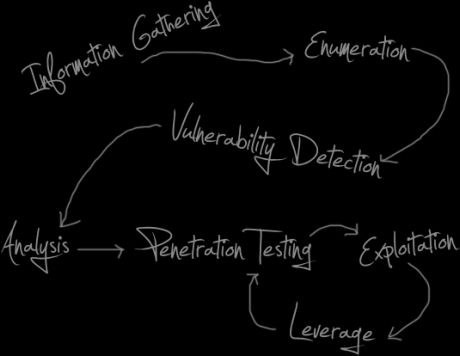What is a Web Application Penetration Test?
Web application penetration testing aims to identify and exploit vulnerabilities within websites by simulating attacks on them. This testing is crucial as web applications are often exposed to the internet and can be a primary target for attackers. The testing process involves a comprehensive assessment of the web application's security, including input validation, authentication mechanisms, session management, access controls, and business logic. The goal is to uncover security weaknesses that could be exploited by attackers to gain unauthorized access, manipulate data, or perform other malicious activities.
During a web application penetration test, testers use various tools and manual techniques to identify common vulnerabilities such as SQL injection, cross-site scripting (XSS), cross-site request forgery (CSRF), and security misconfigurations. They also assess the application for compliance with security best practices and industry standards. The findings are documented in a detailed report, highlighting the vulnerabilities discovered, their potential impact, and recommendations for remediation. The ultimate objective is to ensure that web applications are secure, robust, and resilient against attacks, thereby protecting sensitive data and maintaining user trust.
Frameworks and Standards
OWASP (Open Web Application Security Project): Provides a set of best practices and standards for web application security.
PTES: Provides a lifecycle for penetration testing engagements
Common Tools we utilize to assess your Web Site:
Burp Suite Pro: A comprehensive web application security testing tool.
OWASP ZAP (Zed Attack Proxy): An open-source web application security scanner.
SQLmap: An automated tool for SQL injection detection and exploitation.
Let Rarefied help assess your web application today!
How a Security Test is Performed

Our penetration testing methodology is based on a variety of security standards including, but not limited to, NIST, OWASP, and industry best practices. We put each target through this process to ensure a quality test every time and to meet our service commitments. Our test results can be used to support compliance standards (PCI, HIPAA, etc.) or best practices.
01
Information Gathering & Enumeration
This is the most crucial stage of the assessment. In this phase, we learn everything we can about your environment by assessing technologies used, possible attack points, open ports, and anything else publicly discoverable. What we find here serves as the baseline for all future tests.
02
Vulnerability Detection
We use a hybrid approach of manual testing techniques and automated scanning tools to look for possible vulnerabilities in your environment.
03
Analysis
Now it's time to develop a plan. Based on what we have learned up to this point, we decide which attack vectors to further pursue, and start testing.
04
Vulnerability Exploitation & Leverage
This is where the real fun begins. A successful attack is almost always the result of chaining vulnerabilities together until the target is fully compromised. This is typically a circular process, in which vulnerabilities are tested for, exploited, and then leveraged to test for more issues. The process repeats itself until the goal is achieved.
We deliver a formal report detailing our findings
We'll test your web applications, network hosts, APIs, and mobile applications for security issues. We'll then discuss the issues with your team and provide a report detailing our findings. This report can be used in support of compliance (PCI, HIPAA, etc.) or best practices.
What comes next?
Once we have completed our testing, we'll work closely with your team to make sure they understand the issues we have uncovered. Our goal is to ensure that our rigorous security testing provides you and your team with peace of mind that you are implementing secure coding techniques correctly and following security best practices effectively.
Ready to get started?
We look forward to discussing your security testing needs.